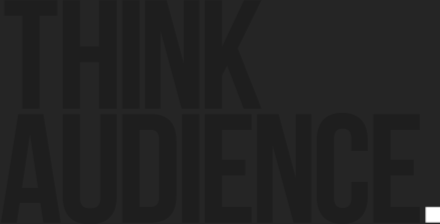– Introduction –
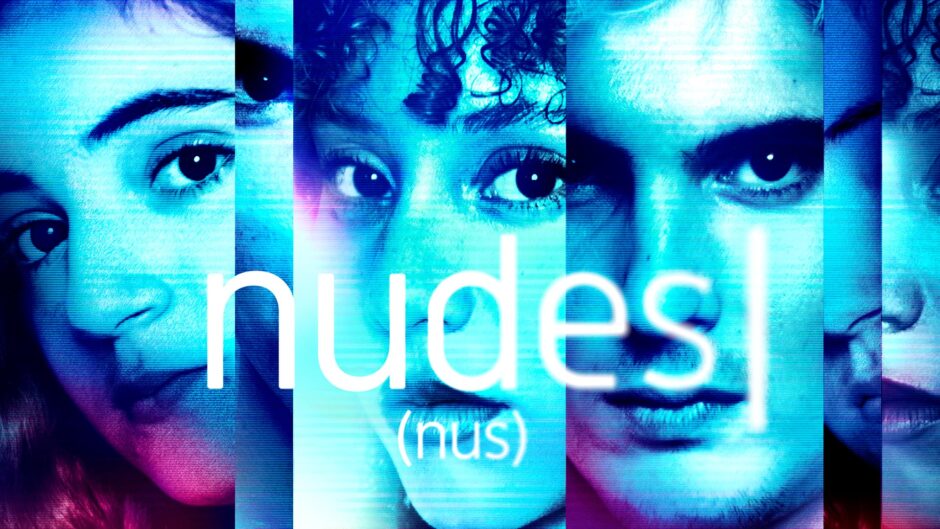
Here you can read the second part of the interview we did with our team present in the NUDES project. You can read the first part by clicking on this link.
In the first part, we discussed how The Film Agency’s team developed the marketing strategy for the series, highlighting the collaborative work between departments and the client. This special project combined our services Think Early, Think Visual, and Think Data, involving talented professionals like creative designer Javier Peña and data analyst Celia Fumanal.

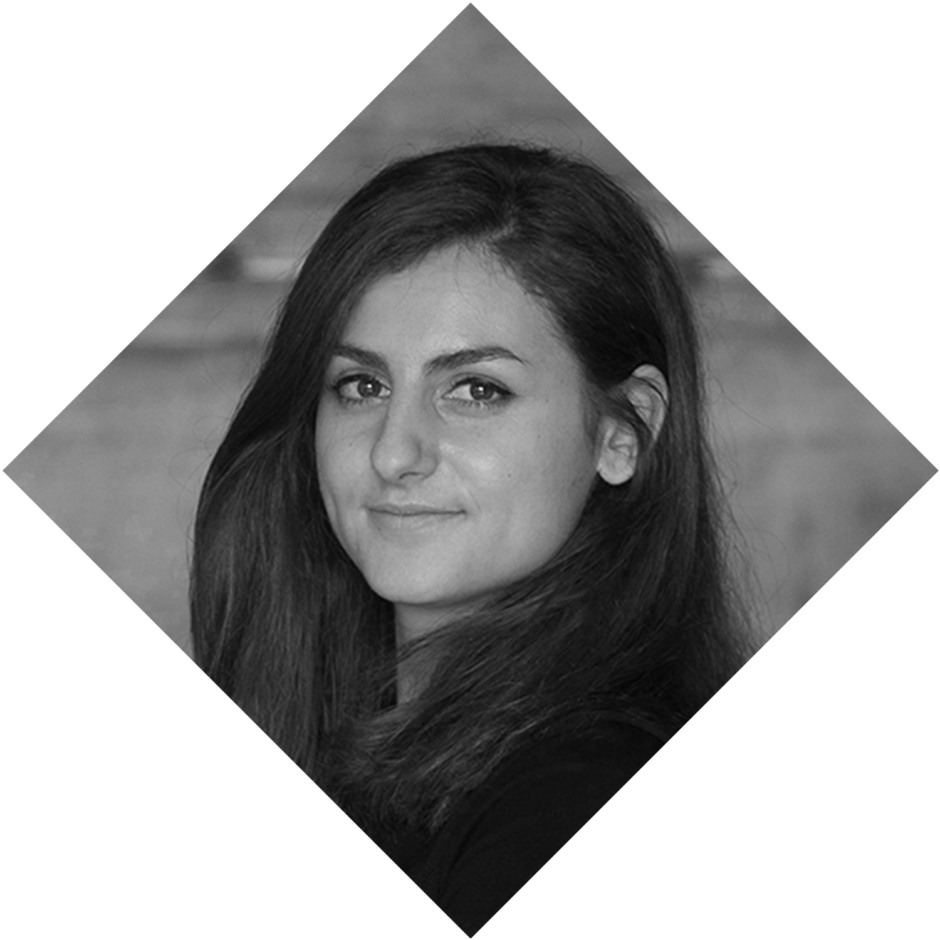
Now, we will delve into the creation of the materials and the data testing phase to ensure we were on the right track. Check out the fascinating details of this crucial stage of the project!
– Interview (Materials) –
How is the interaction between the different departments in the agency for the delivery of a project? Specifically with the Think Data department. And how was the collaboration with data partners Beta Series to create an audience panel and test the materials?
Celia: It was the first time we tried a promo material test, and we did it in partnership with Beta Series. They’ve been doing this kind of testing with other players in France. At the same time, the creative process was rolling, so we had to get on the train in time. In the end, we focused on the essence: the series posters, and a couple of clips.
Firstly we had to understand the questions we wanted to answer, because it was more of a reaffirmation, and it’s not usually the scope we try to have, it’s more about what we can do with the information we have now. But it was nice to see the coordination with data, client and creative department. Because everyone was pushing forward for the same goal.
We wanted to confirm if the positioning was the right one, and it was a way of reaffirming the strategy – It worked very well! We tried two or three posters, and we asked about the genre or the vibe, and they helped a little bit to confirm what we already knew. It was a very smooth insight to receive and to pass on to the teams. And also they gave us a thought about the audience, and how they are going to receive this content. It was actually a nice first test that we wanted to prove for the future. But I think, for it to have critical thinking, for the future, we want to start testing before they even start to craft the materials. Because we were almost with the final posters, so there wasn’t much margin. Think Data has to help to make decisions, in any stage, so it’s true that if we can be a step before and think about what we really want to take from these, what we want to ask the audience, it will be more valuable.
Javier: It helped us to discard posters that were not working in a straight-forward way, and make sure that we were not losing the vibe of the materials, while the audience was perceiving what we were trying to achieve. Because we had different options and in that stage was like ok… we had to wonder if we consider this to be the final one or if we needed to check with different changes, colors and elements; to see if we are improving or decreasing the impact, if with the elements that we need to communicate are there or not, that is the important thing, that the audience is getting!
Celia: And also it is very interesting to see how the colors, or maybe in these cases, the composition, can affect the vibe that people perceive. And that was a double confirmation that they were on the right path of what they wanted to transmit, so that is very useful. So when you think about the money spent, if you spend a little bit on investigation you may get more confidence that you are going on the right path.
More out of curiosity, how many drafts were made? And please continue commenting on the analysis process.
Javier: Uhmm… a lot! (laugh) We usually explore many leads. Ideally, for posters, we have 3 to 4 rounds, and in the first round we explore from 5 to 10 different leads – that will be the best entrance for analyzing. But it’s not about improving, developing and changing as one thinks, it’s, with those different leads, to analyze the audience, and see which one has all the data, so the client has more info to make the decision.
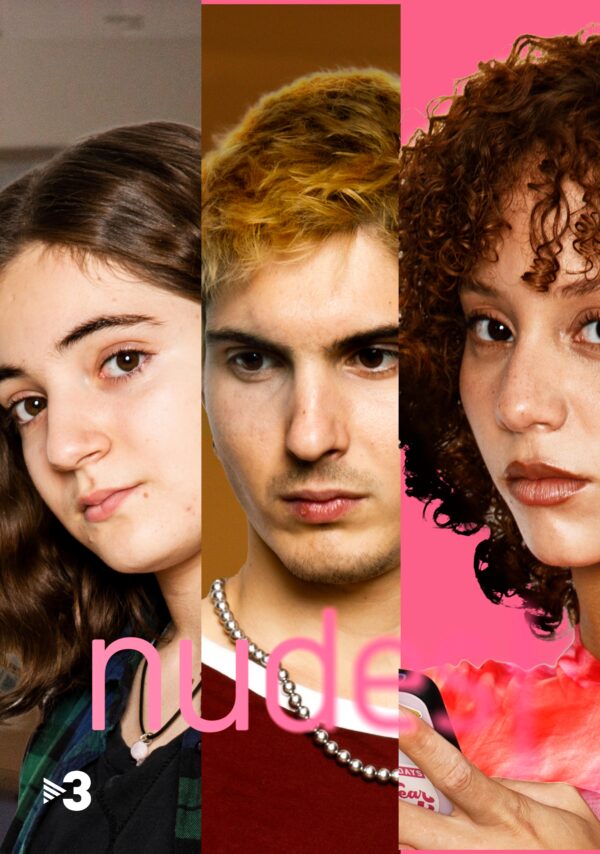

What are these leads that you mentioned?
Javier: Leads are development paths, conceptual territories, where we are going to explore. Initially, it can be quite open. They can initially be the main protagonists in a neutral background or, in this case, within the concept of fragmentation with the protagonists, that led us to the digital universe, which is something that did not necessarily have to be included… That said, in all other countries it’s not there, nor the color. In the end, there are things about the project that you like more, and in a project as long as this one, there are things that you like a lot.
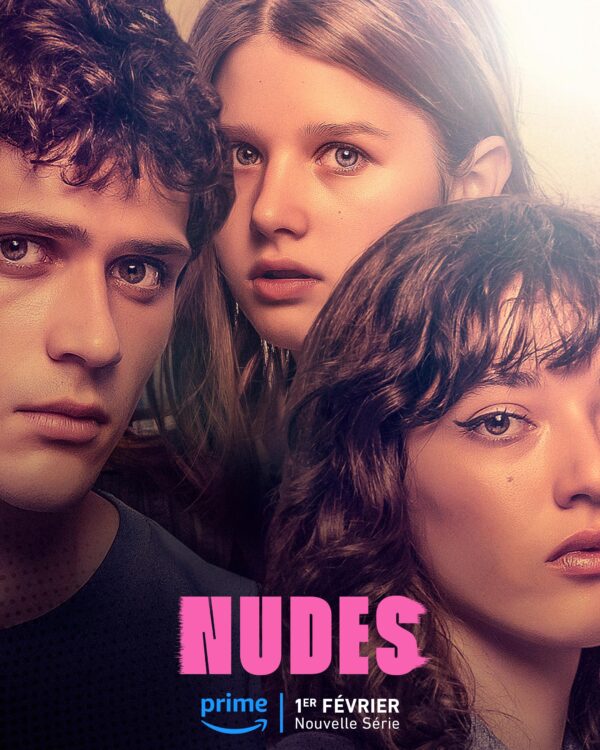
From all the materials, what was your favorite?
Javier: That is a tricky one… (Laugh) I gotta say, I really love all the material, because it’s a really complete project. For example, all the trailers that our editor and motion graphic artist Iñaki did are amazing! He did a great job. We produced assets and what I love is how the system works, because all the elements were assisting the main universe, then you can choose some parts. Personally I really like character and group posters, because they introduce something that is unique for me, which is the color. It’s something that you normally don’t see, giving something different and we always try to make a difference.
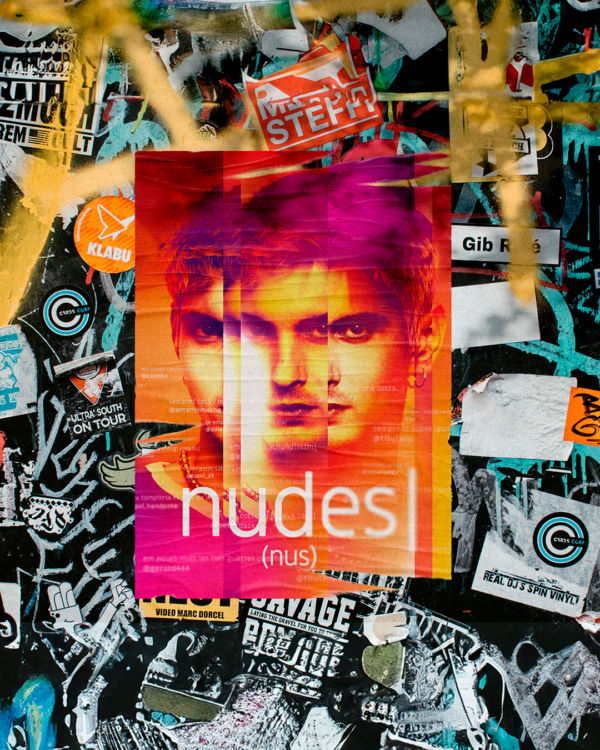
– conclusion –
